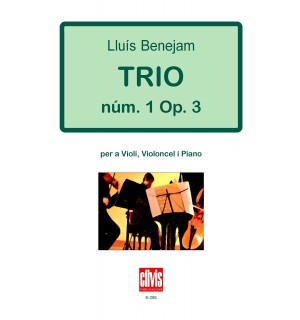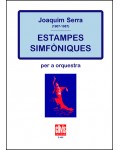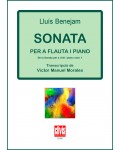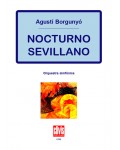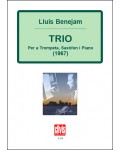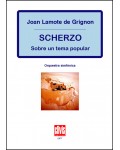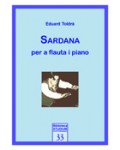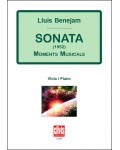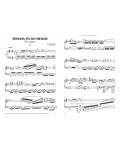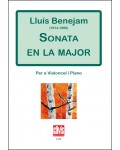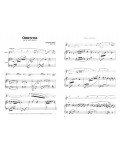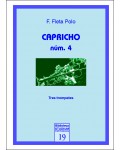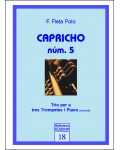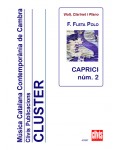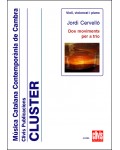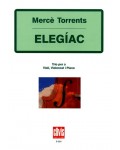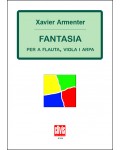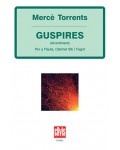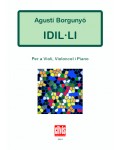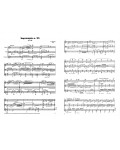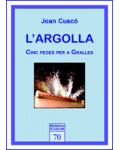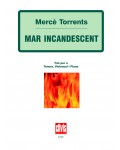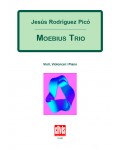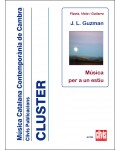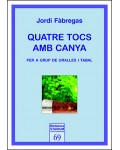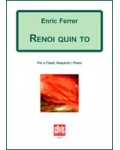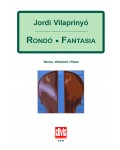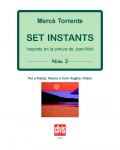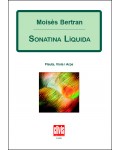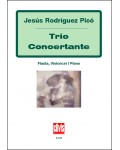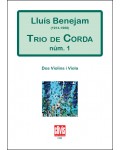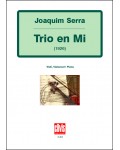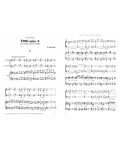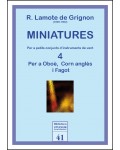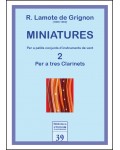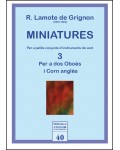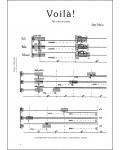
No products
Prices are tax included
Product successfully added to your shopping cart
There are 0 items in your cart. There is 1 item in your cart.
- English
- Castellano
- Català
Trio no. 1 Op. 3
DE285
Trio for violin, cello and piano no. 1 by Lluís Benejam is structured into four movements, has a duration of nearly twenty minutes and an optimistic, romantic feel.
| Period | 20th c. |
| Instruments | vl.vc.pf |
| Pages | 75 |
| Time | 18 min. |
| Contents | score |
| ISMN | 979-0-3502-0531-6 |
| Price of print edition | 26€ |
| Edition | Digital |
Despite Trio for violin, cello and piano no. 1 being one of Benejam’s first works, it is a score of considerable maturity, scope and intensity. His long experience as violinist in chamber and symphony formations allowed him to begin his career as a composer –at over 35 years of age– without having to go through the “young composer” stage.
The piece is structured into four movements, has a duration of nearly twenty minutes and an optimistic, romantic feel. The first movement (the longest of the four) begins with an intense unison of the string instruments, with a piano providing an accompaniment. Little by little, each instrument acquires a degree of independence and a game of tones, of call and response, of textures emerges, forging a light, happy feel. The second movement begins with a cello lead with an intense, cantabile and passionate melody. Next, the violin takes the baton and the music develops with a character of pure romanticism. The third movement fulfils the function of a Scherzo: a brief, brilliantly rhythmical and playful section with impressive effects, such as sound waves with sudden crescendos, which requires the highest level of chamber playing from the musicians. The fourth and final movement, the most intense of the four, presents melodies with a certain Catalan folk flavour, with traditional rhythmic devices (such as the crotchet triplet) and an overall feel that reaffirms the work’s directness and brightness.
David Puertas

